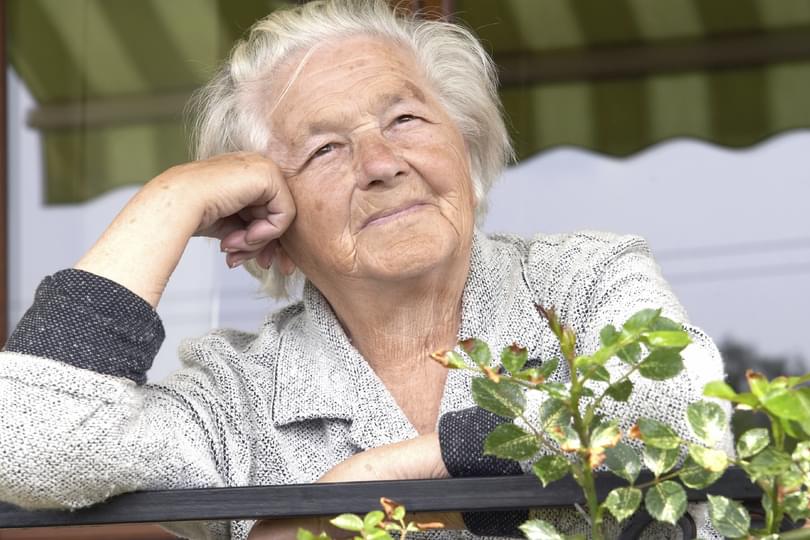
As ageing populations grow, many older people share concerns about loss of independence and moves to residential care, particularly following falls or the onset of dementia. Research at the Oxford Institute of Population Ageing hopes to find the best ways to use technology to enable people to remain at home for as long as they wish.
Early indications from a three year study involving a collaboration between academics at Oxford and Leeds, along with medical practitioners, local authorities, care workers, industry, and designers from the Royal College of Art, show new ways of making ‘telecare’ a desirable solution for those who need care in their own homes.
Telecare has typically involved systems of alarms and sensors within the home which allow the user to contact carers easily after a fall, for example. The system can alert care workers, family members or healthcare professionals, providing reassurance and help when necessary.
But, says James Martin Fellow Kate Hamblin, although the system offers many advantages, early findings from the study show that a greater understanding of how users interact with telecare, combined with the latest technological advances, could improve the system considerably.
The study, ‘Advancing Knowledge of Telecare for Independence and Vitality in later life’ (AKTIVE) involves regular meetings with users of telecare in both Oxford and Leeds over a 12 month period.
Hamblin has seen firsthand how users receiving telecare at a point of crisis such as a fall can treat it with suspicion and dislike, seeing it as a first step towards loss of independence, despite the fact that the system brings peace of mind to family members and carers.
“Many users refuse or forget to wear pendant or bracelet alarms until after a bad experience,” said Hamblin. But by working with designers who can make the devices attractive as well as functional she hopes that perceptions of telecare could be improved.
The use of ‘telecare’ in the UK is not new, with some 4000 people (elderly and/or with learning difficulties) in Oxfordshire currently using the system. The cost of installing a telecare package is around £450 but there is regional variation over whether the facility is provided free or is means-tested. This study also hopes to give insights into the most effective ways of funding the system. “It is difficult to prove the cost savings associated with telecare as it is impossible to estimate what might have happened if someone had not had the system,” said Hamblin.
Hamblin is hoping that the evidence produced by this study will inform strategies needed to keep older people safe, independent and in control at home, as well as the way telecare is adapted to users’ changing needs. Results from the study, funded by the ESRC and the Technology Strategy Board are to be published in 2014.
- Find out more about the AKTIVE project
- Read an article by Kate Hamblin about the project
- More about the Institute of Population Ageing